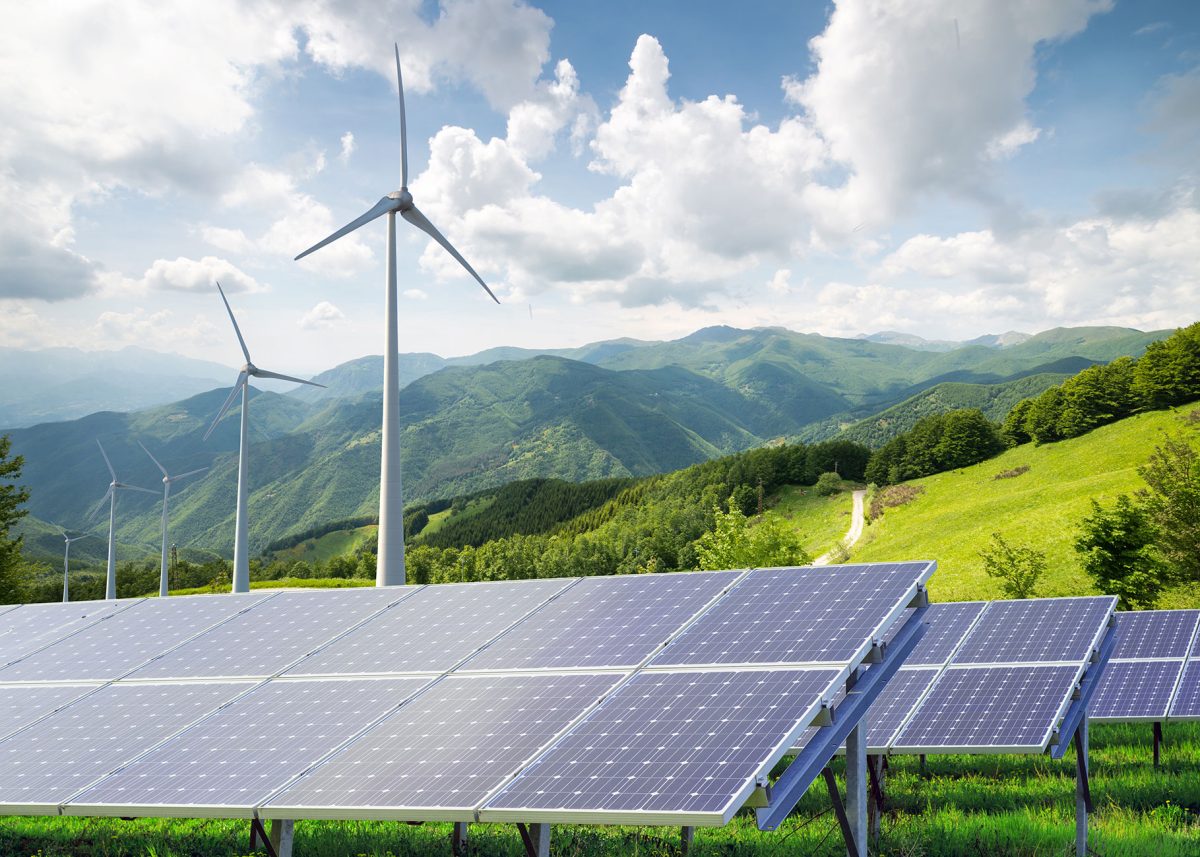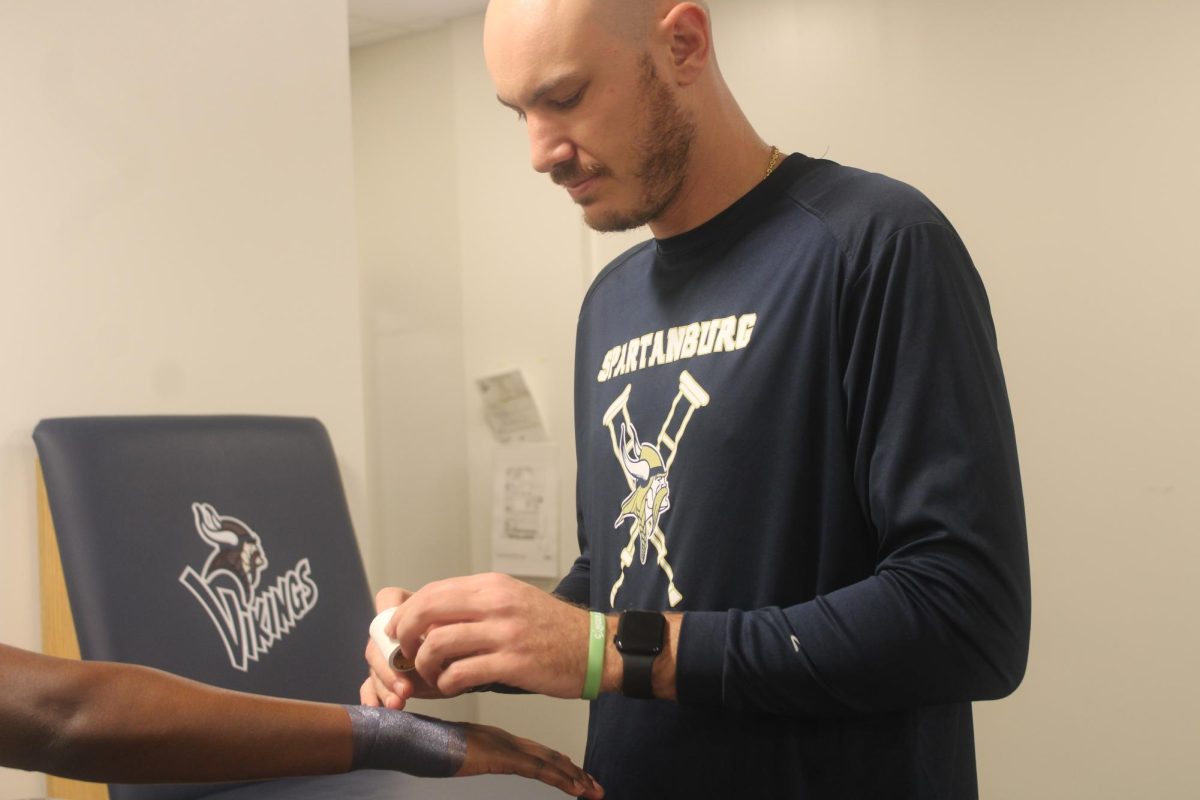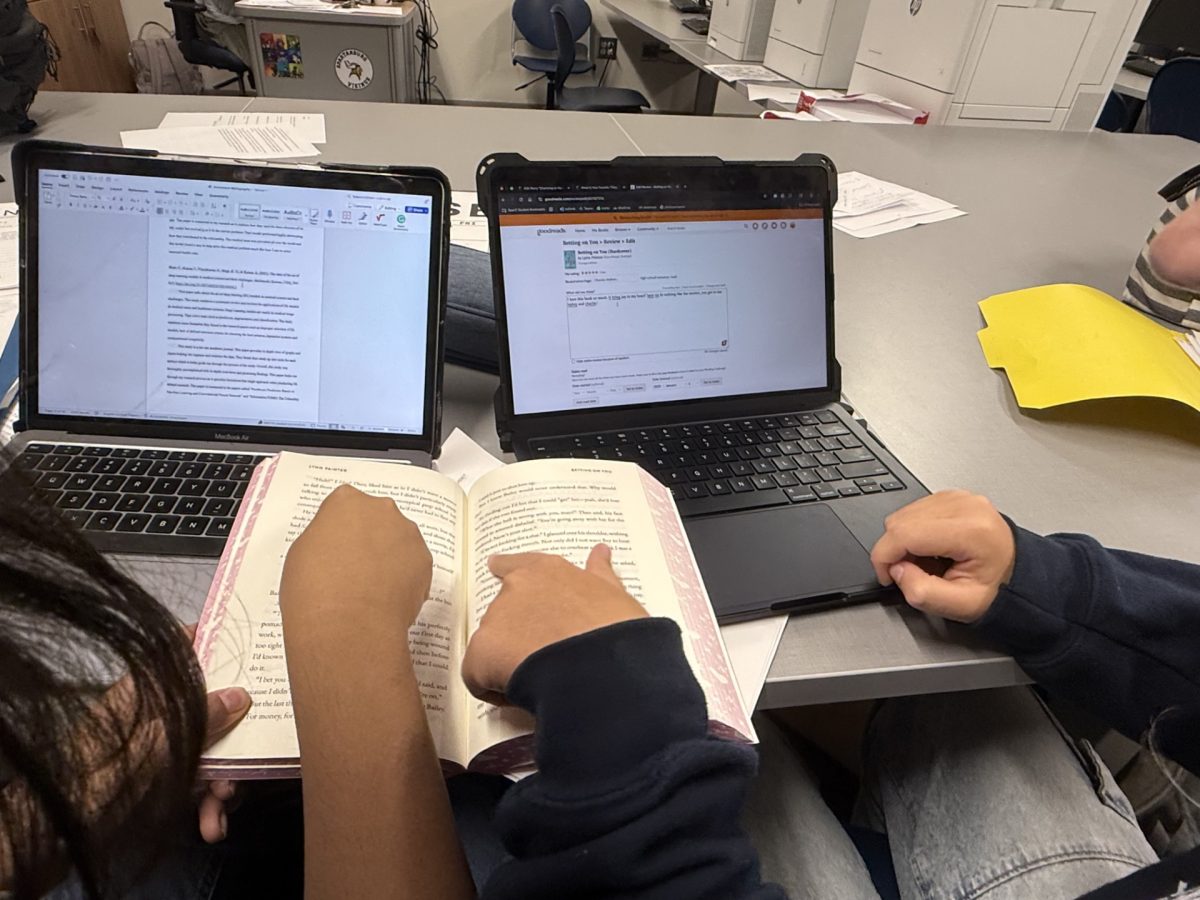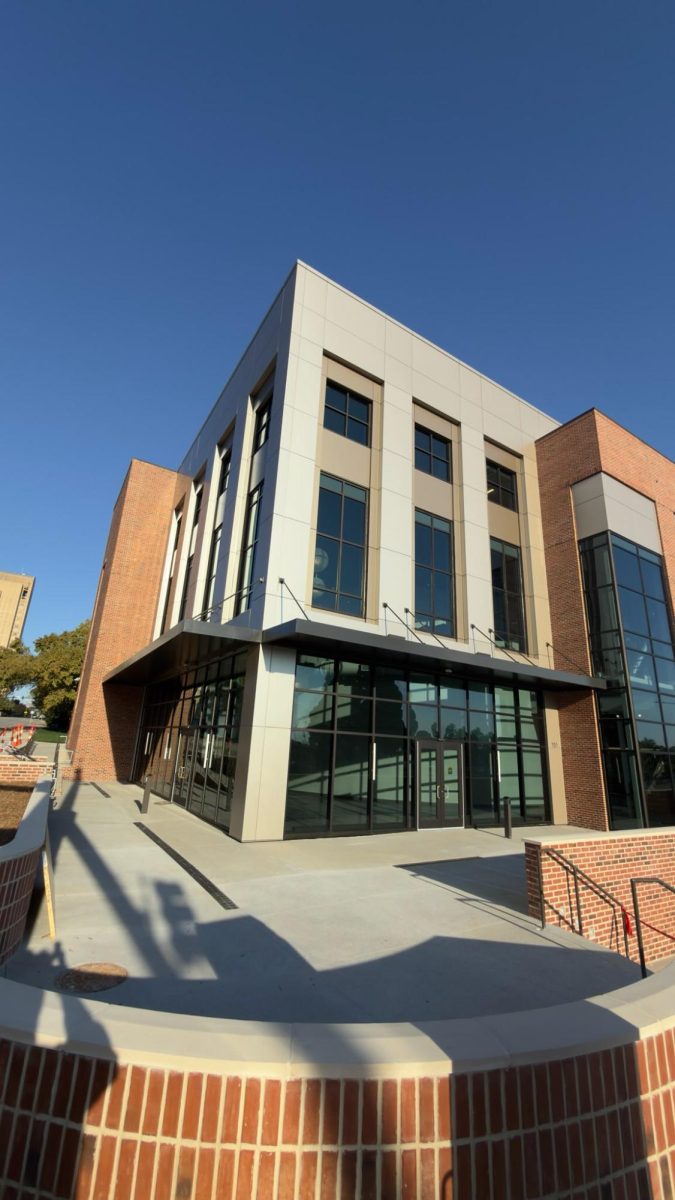Renewable energy is a concept that has existed on Earth for thousands of years. The earliest use of renewable energy was in 200 BC when Europeans used water wheels to power their mills that crushed their grain. Since then, renewable energy has grown significantly and today it is categorized into five different energy types. The five renewable energy types are solar, wind, geothermal, hydropower and biomass. According to the University of Michigan’s Center for Sustainable Systems, wind and solar power are the two types of renewable energy growing the fastest in the U.S., and they are projected to grow even further in the coming decades.
Renewable energy brings positives and negatives to the places it is used in. Renewable energy is clean and doesn’t harm the ecosystem like fossil fuels do. It also helps to offset the dependence on fossil fuel power, which can contribute to air pollution and global warming. It brings economic benefits because renewable energy can create jobs and lower costs for power. But it also brings some negatives. Renewable energy can be expensive to install and can also take up a lot of space leaving less space for housing or other commercial buildings. It also has limited storage capabilities and can be expensive to store. In addition, renewable energy devices still have carbon footprints and can still generate pollution.
Perrin Little (11), a current AP Environmental Science student at SHS, thinks that renewable energy has benefits and drawbacks.
“Renewable energy sources can be a good and bad thing in perspective. Yes, renewable energy sources save a good amount of money on electricity and have many environmental benefits, but these sources can cost a lot to install and are not always 100% carbon-free. I believe the best renewable energy source is solar because it has an important role in reducing greenhouse gas emissions and mitigating climate change,” Little said.
The most common renewable energy to see around the Upstate is solar power. Currently, South Carolina ranks 14th in the national ranking for solar power use across the country, and there have been enough solar panels installed to power 303,865 homes. Even in Spartanburg, there has been significant growth in the use of solar panels in neighborhoods.
Tessa Lewis (9) has neighbors who use solar panels to power their homes.
“I believe renewable energy is a great progress in helping the environment because it cuts down on overusing limited resources. I think the best source of renewable energy is wind power and SHS could benefit from these sources,” Lewis said.
Currently, 7,332 K-12 schools are using solar power nationwide, making up 5.5% of all K-12 public and private schools in the United States according to the Interstate Renewable Energy Council. Solar incentives, tax credits, tax exemptions and other economic benefits are some of the reasons that schools choose to go solar. According to the PVWatts Calculator by the National Renewable Energy Laboratory, if Spartanburg High School built a 300-square-foot solar panel farm, the panels would produce approximately 7,236 kWh per year. The average kWh costs of Spartanburg are 13 cents and with that math, it means that SHS would save around a thousand dollars a year alone just from the solar panels. Even though going solar seems like an innovative idea there are some drawbacks because of infrastructure costs, spacing and containment and the time that the solar farm would take to earn back the money that it cost.
Jay Blanton (11) thinks that SHS using renewable energy wouldn’t help that much.
“Renewable energy is great in theory, but the main issue is that current technology, while less resource-intensive than fossil fuel energy, is not actually renewable. Solar, for example, requires uncommon resources for use in solar cells. These materials are very resource-intensive to mine,” Blanton said. “As for whether SHS could benefit from renewable energy, it is always good to have extra redundancy, but I worry that excess infrastructure might be too much of a drain on school resources,”









